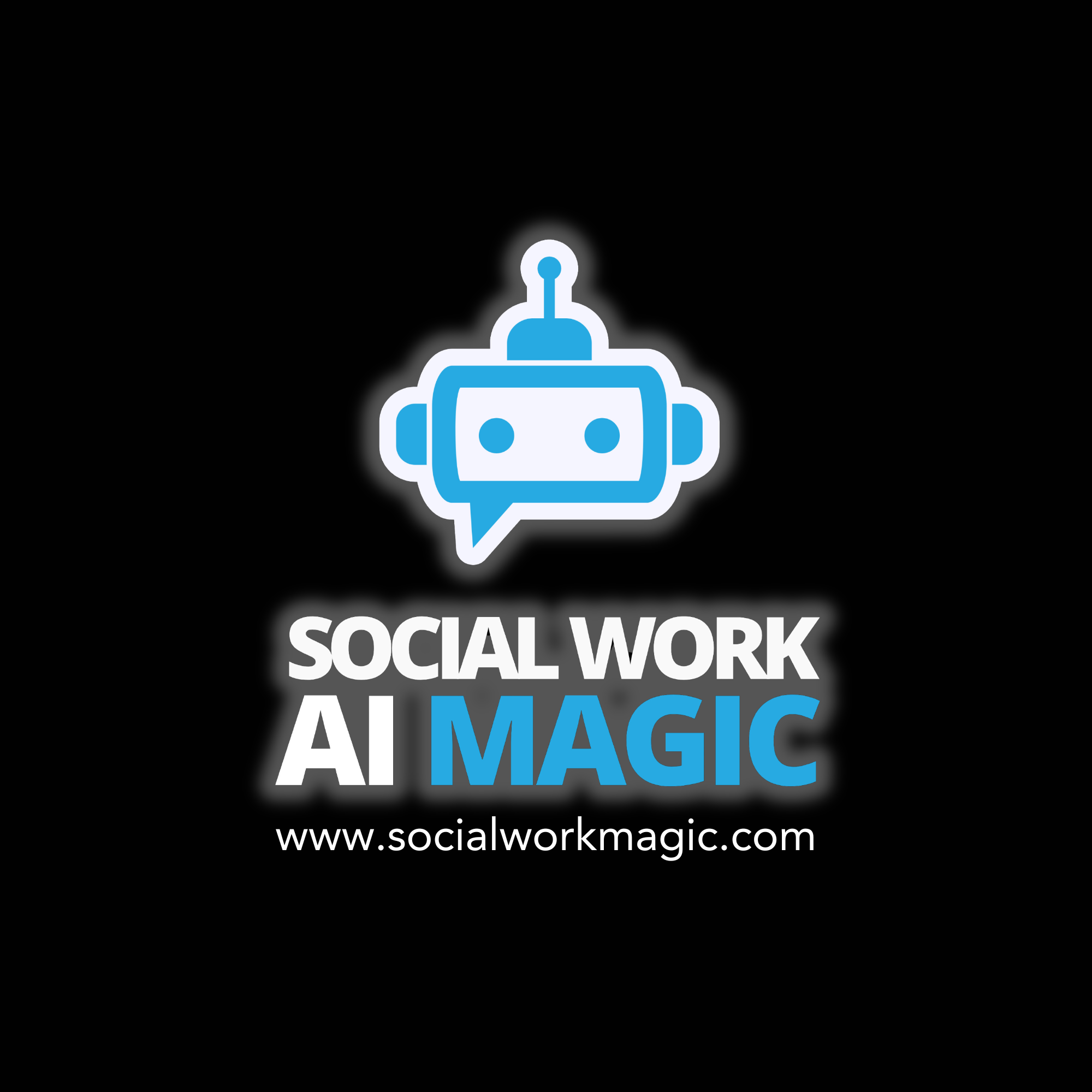The New Social Work AI Tool Changing Burnout Forever
- Social Work AI Magic

- 10 hours ago
- 4 min read
For years, social workers have been stuck in the same cycle. Endless paperwork. Late nights finishing documentation. Not enough time for the actual people work that brought us into the profession. And even with the best intentions, the emotional and administrative load of the job keeps getting heavier.
About three years ago, I developed what I considered to be an innovative new tool: Social Work Magic, the first AI tool built specifically for social workers. It helped (and still helps!) thousands of professionals speed up documentation, reduce burnout, and make sense of complex cases with more clarity. For me, it was one of the first signs that AI could be shaped in a way that actually supported front line practice instead of replacing it.
For those looking to step into the future of social work, the next step has arrived.
Introducing Socialworkly: A Smarter, Faster, More Thoughtful Version

Socialworkly is basically version 2.0 of Social Work Magic. The core idea is the same, but the experience is entirely different. The tool is faster, smarter, more intuitive, and built to reflect the realities of social work in 2025 and beyond (at least until the next upgrade!)
You still enter your information in familiar ways, which matters because social workers who are used to the Social Work Magic interface do not need more complicated systems or a new interface to learn. In the MagicDocs area of the tool, Socialworkly continues the guided entry approach, where drop down menus prompt you to select the key elements of your case. These menus were created with the expertise of real, experienced social workers. That means the options mirror what actually happens in the field instead of generic therapy or tech oriented labels.
After selecting these items, you add a narrative section where you can describe anything unique or important. The system then creates a full, detailed, and well organized output. Compared to the earlier version, the structure is clearer, the logic is better, and the content is more aligned with how social workers must think about risk, safety, needs, interventions, and outcomes.
A Tool That Lets You Adjust As You Go
One of the improvements highlighted in the video is the ability to add more information after the first draft is created. If you forgot a detail or realize new context matters, you can click a button, add the missing pieces, and regenerate the output. The system updates immediately, which makes the process feel interactive rather than static. This adjustment feature reflects how social work documentation actually works. Real cases evolve. New details appear. A client might reveal something late in a session. A teacher or parent might provide extra information after a meeting. Socialworkly lets you update without starting over, which can save significant time and frustration.
Simplify or Summarize With One Click
Another feature is the option to simplify or summarize the output. Sometimes you need a full, detailed note for a case record. Other times you need something short and easy to share with a supervisor, a colleague, or a partner agency. The tool can simplify the content into a shorter narrative and summarize the content into bullet points This matters because social workers wear many hats. Documentation often serves multiple audiences. A single tool that adapts to those different needs helps reduce the time spent rewriting or reformatting notes.
Why This Matters Beyond the Features
Burnout is not about weakness. It is about workload.
The level of documentation required today has grown far beyond what most agencies were built to handle. Social workers manage crises, conduct assessments, coordinate services, and hold space for people in distress. Documentation is essential, but it often takes too much time away from direct service.
Tools like Socialworkly reduce that load by guiding workers through the thinking process, helping them articulate complex information, and generating notes that reflect best practices. The tool supports good practice so social workers can stay present with clients and protect their own well being.
Guided entry aligns with the realities of social work.
Most AI scribe tools are built for therapy settings where the system listens to a session and produces notes based on what was said. Socialworkly is different. It is structured around professional judgment, cultural context, safety considerations, and system navigation. These are the elements that matter most in child welfare, schools, medical social work, and community practice.
The guided entry model ensures that the worker stays in control of the narrative and the professional framing. It also minimizes the risks of AI misinterpreting or over summarizing sensitive information.
A Sign of Where Social Work and AI Are Going
Socialworkly is more than an update to an earlier tool. It reflects a broader shift in how social services are adapting to technology. Social workers and those they serve do not need AI tools that replace human connection. They need AI that reduces the burden, supports thinking, and frees them to focus on clients.
The profession is slowly recognizing that front line workers deserve tools that understand their reality and match the complexity of their cases. These kinds of tools make the work sustainable. This new version (Socialworkly) is an example of what that future can look like.




Comments